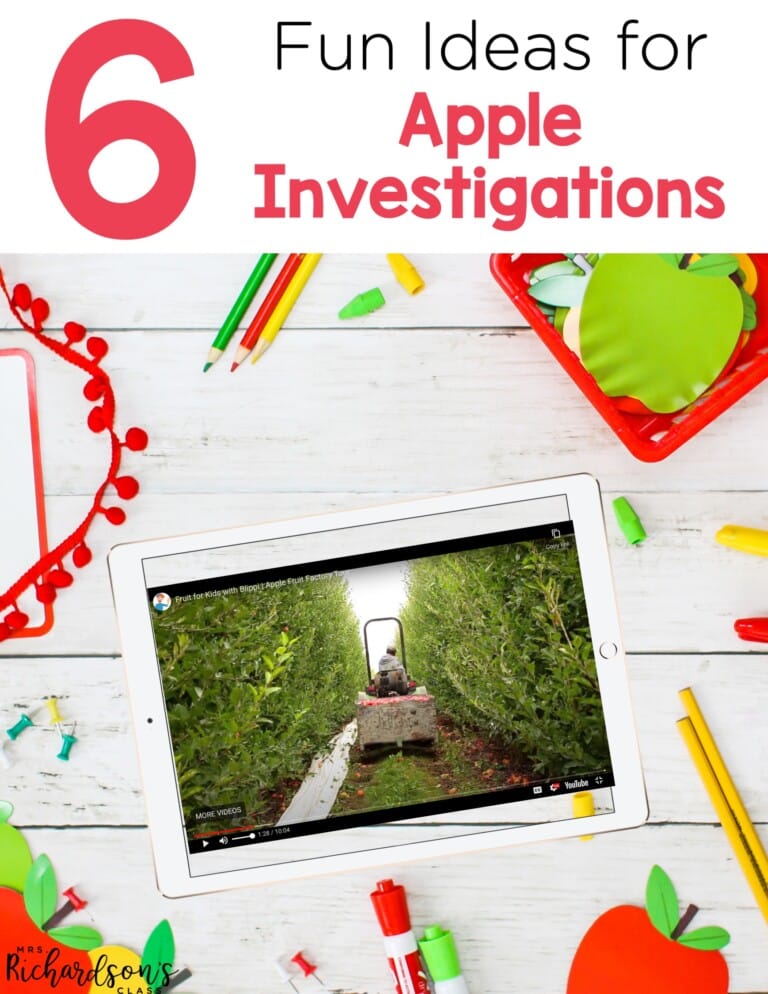
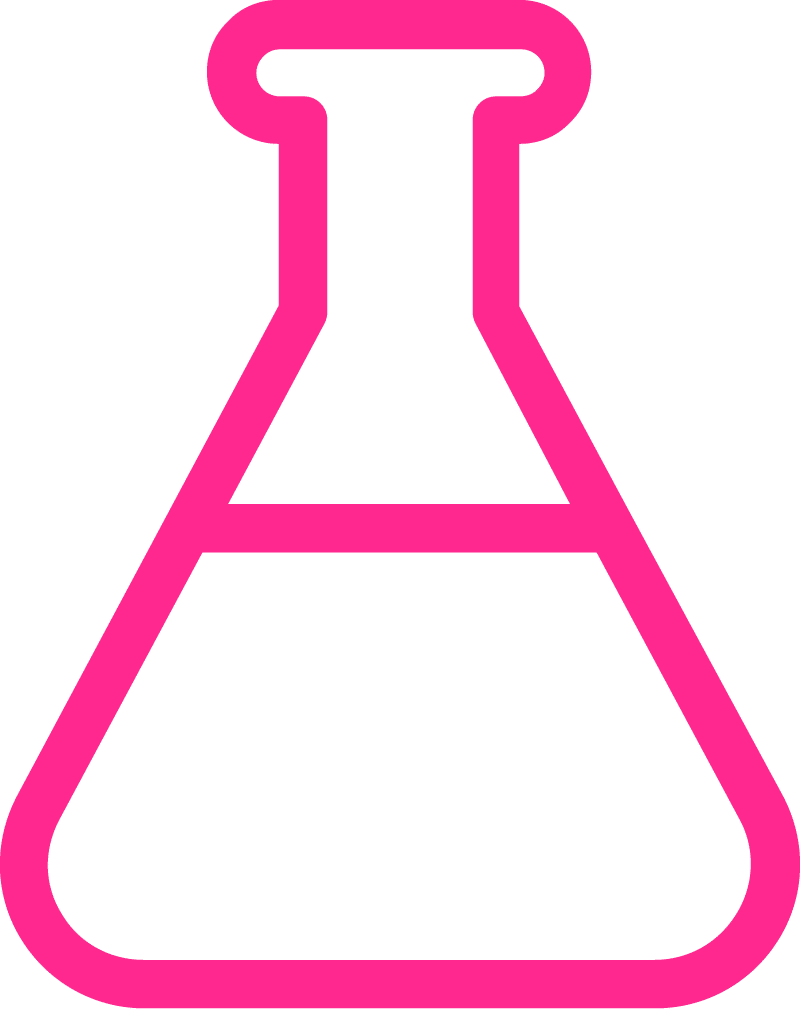
January was always a fun time in our little classroom! The little learners come back and are so refreshed, they have somehow magically grown so much over the two week break, we are reading well, writing well, nailing math concepts, and it’s the perfect time to begin to dig deeper into science concepts.
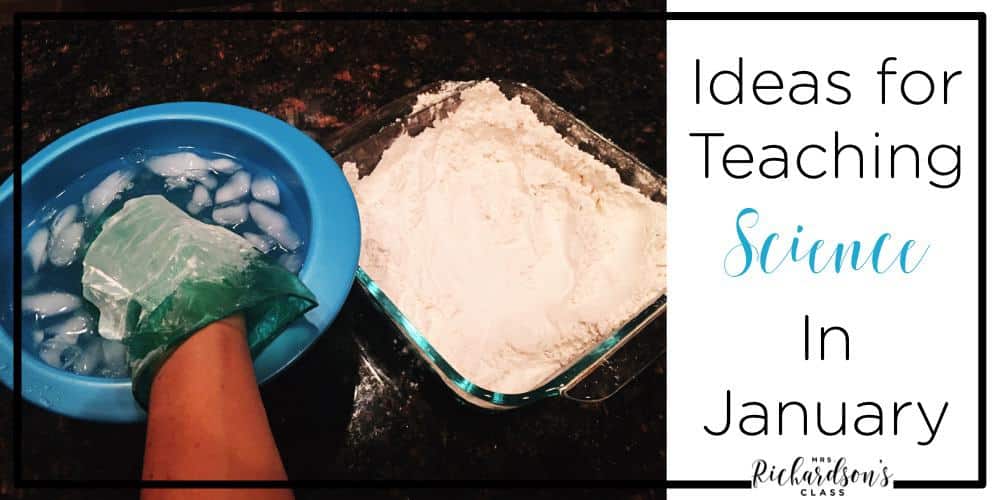
My little scientists were also super engaged anytime we talked about animals. There are many arctic animal activities, penguin activities, day and night activities, and objects in the sky activities in Science for January.
Anchor charts are a must! I love using them to integrate some shared writing or interactive writing, but here I simply typed up responses and printed them. Then they can be sorted into the right categories. Nothing fancy about them because sometimes we just didn’t have time! 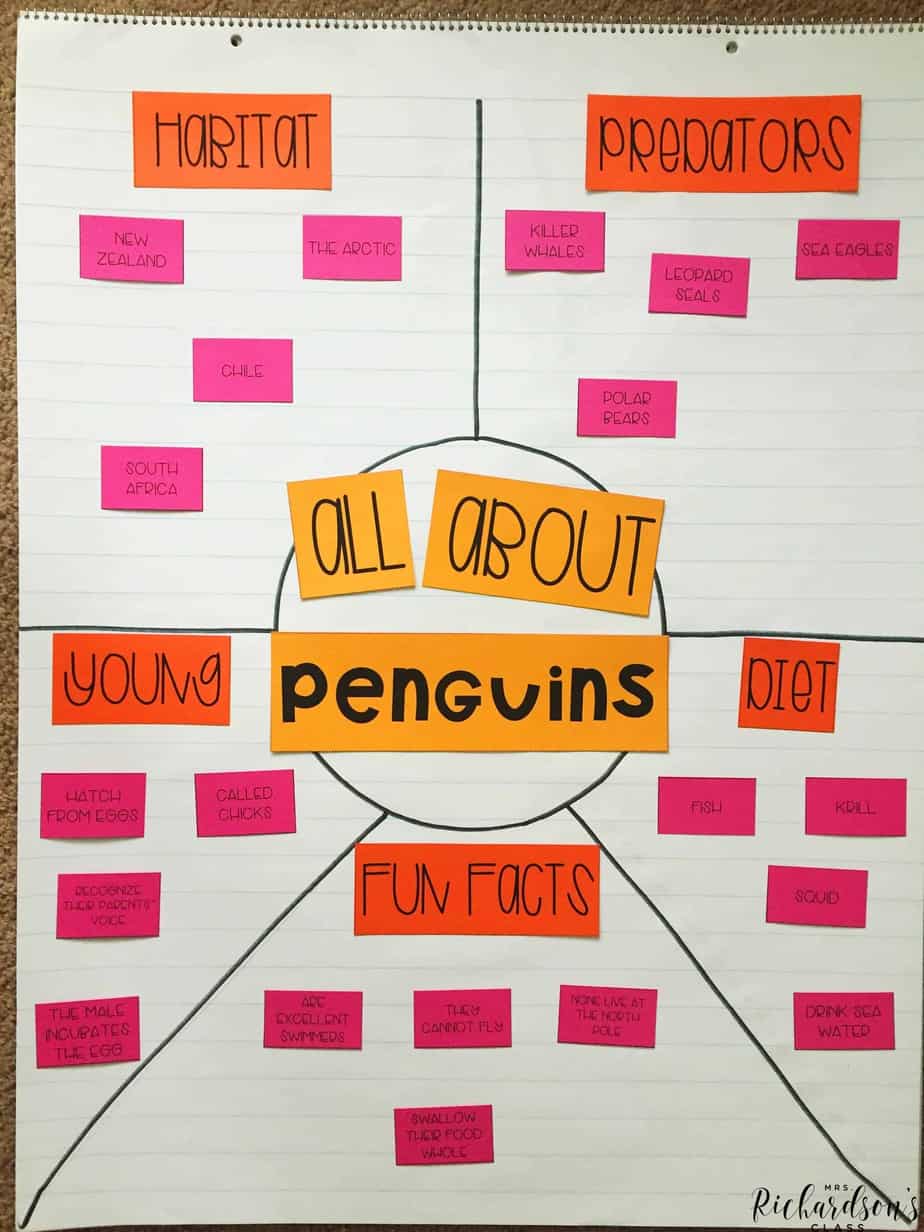
Science experiments are a great way to provide hands on experiences for students! Students can experience how animal blubber works as they learn about arctic animals, how craters on the moon are formed as they learn about day and night, and how sunscreen protects our skin as they learn about objects in the sky!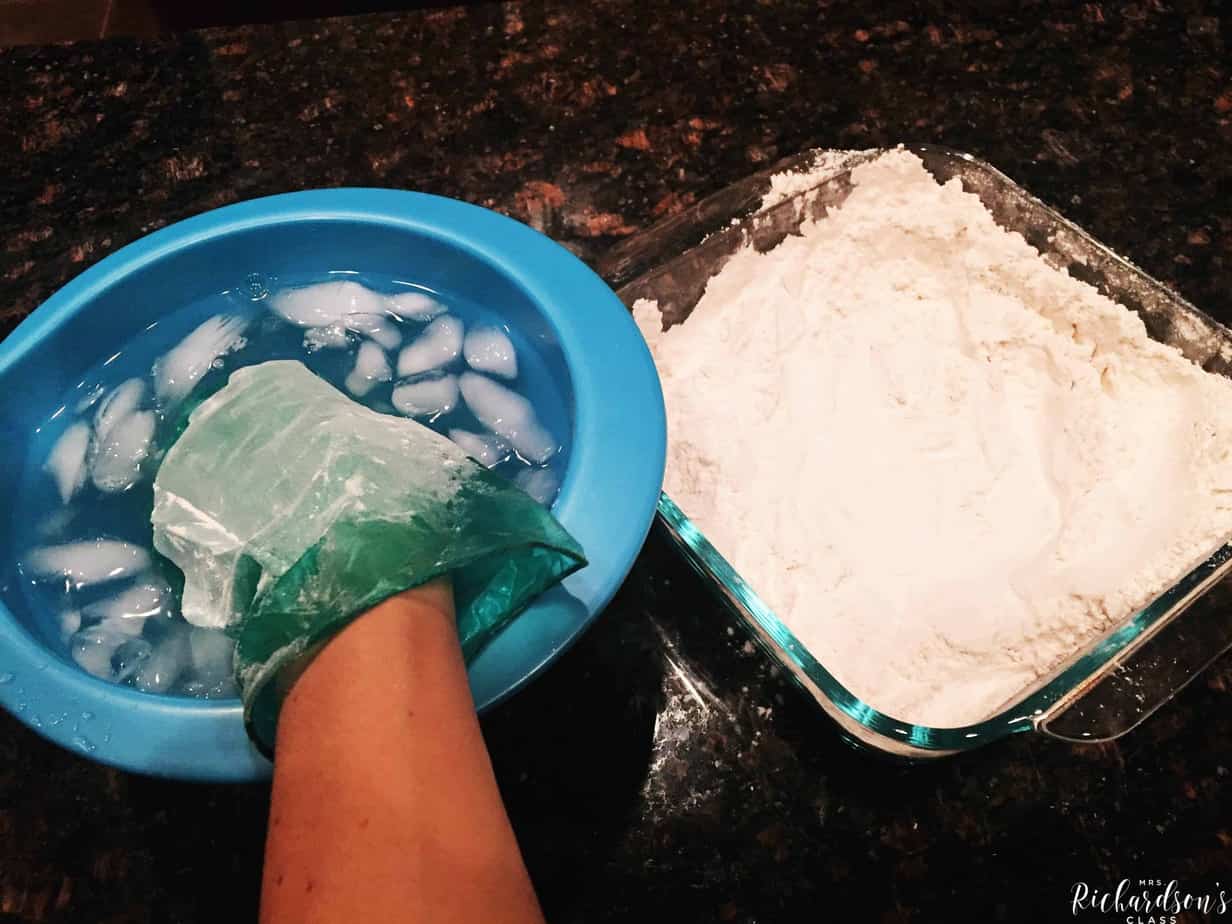
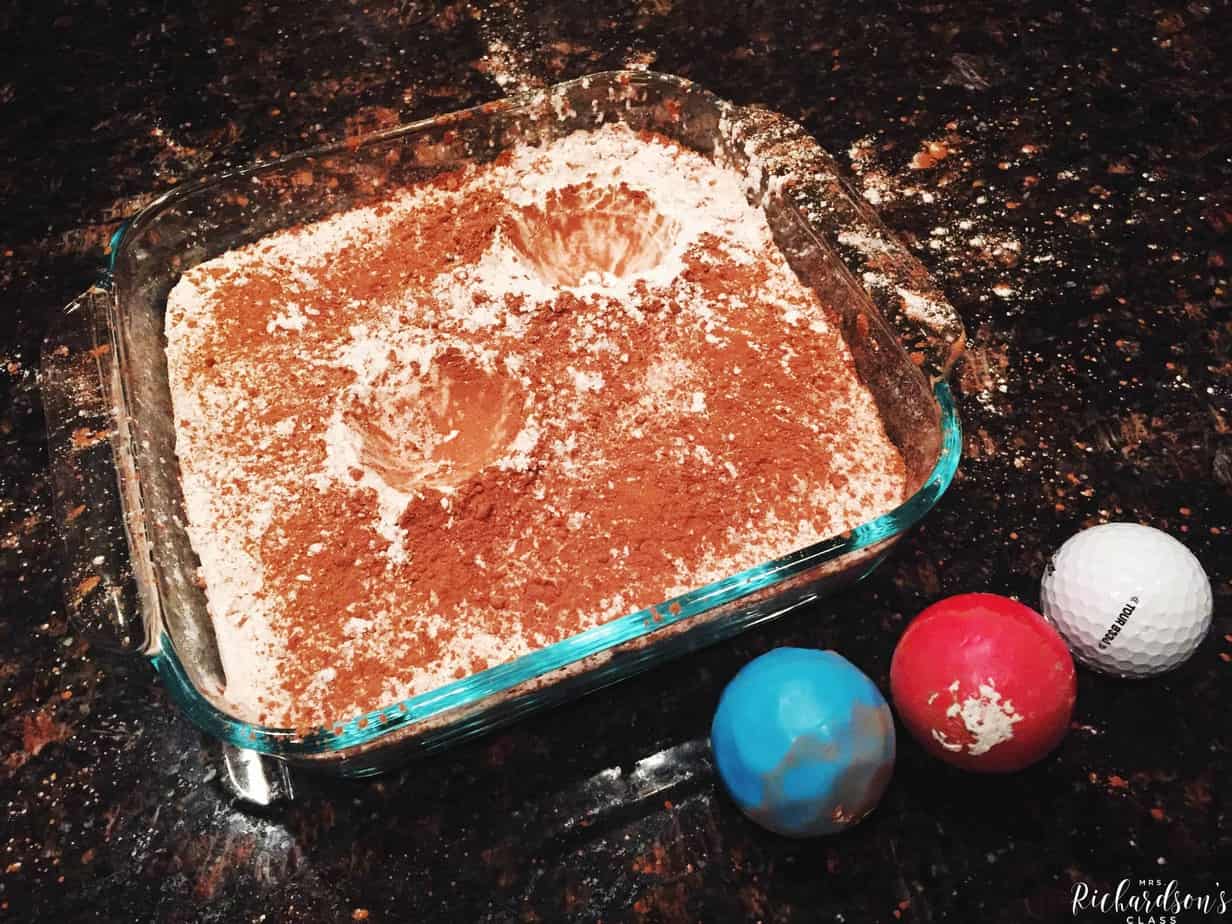
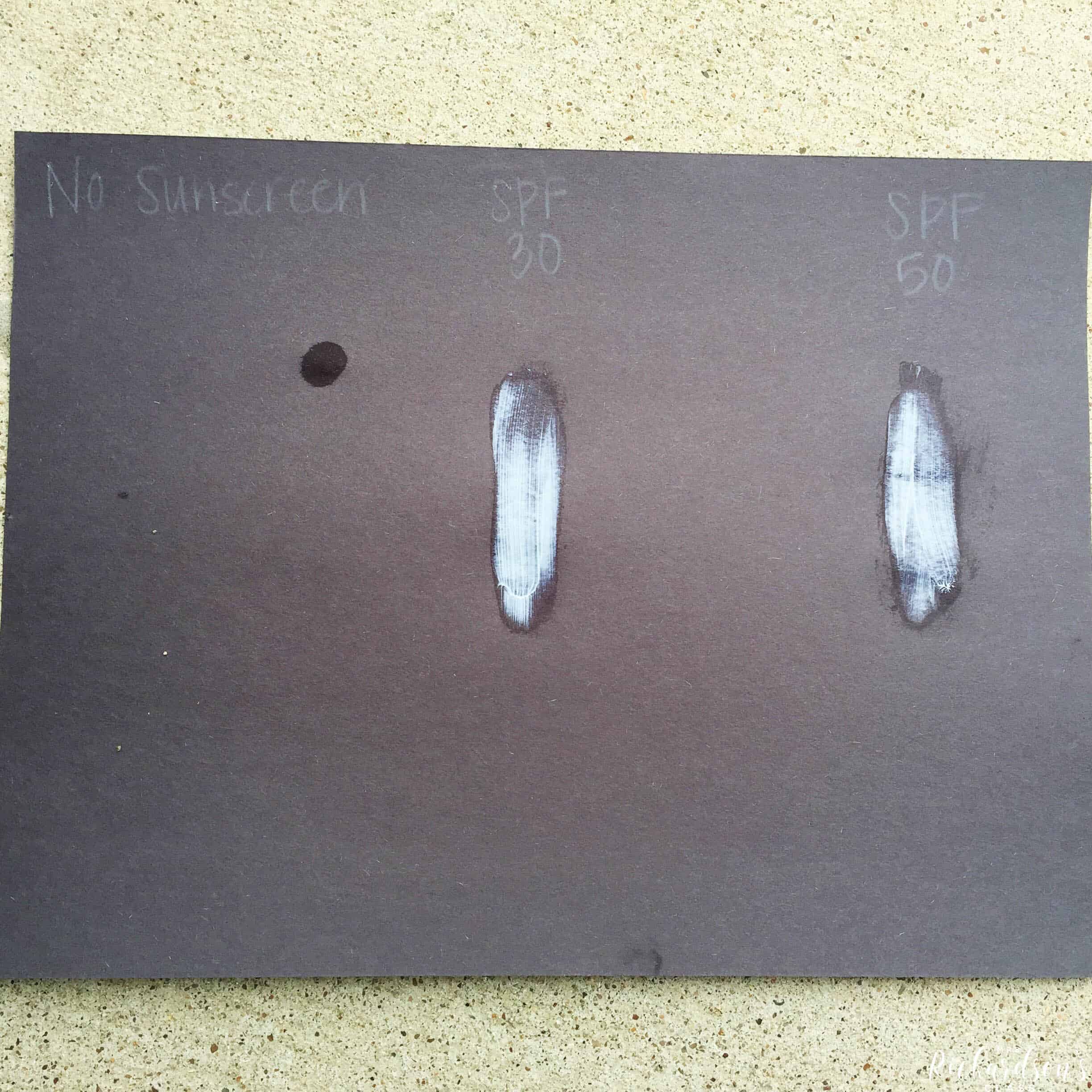
For doing these in the classroom, I like to have visual directions for the students to follow! We also like to write in our science journals using the simple outline I have provided. All 3 of these experiments are a part of what is included for teaching science in January.
Shared reading is a favorite way to integrate science! I could go on and on about shared reading, but I’ll spare you. 🙂 You can see my routine here.
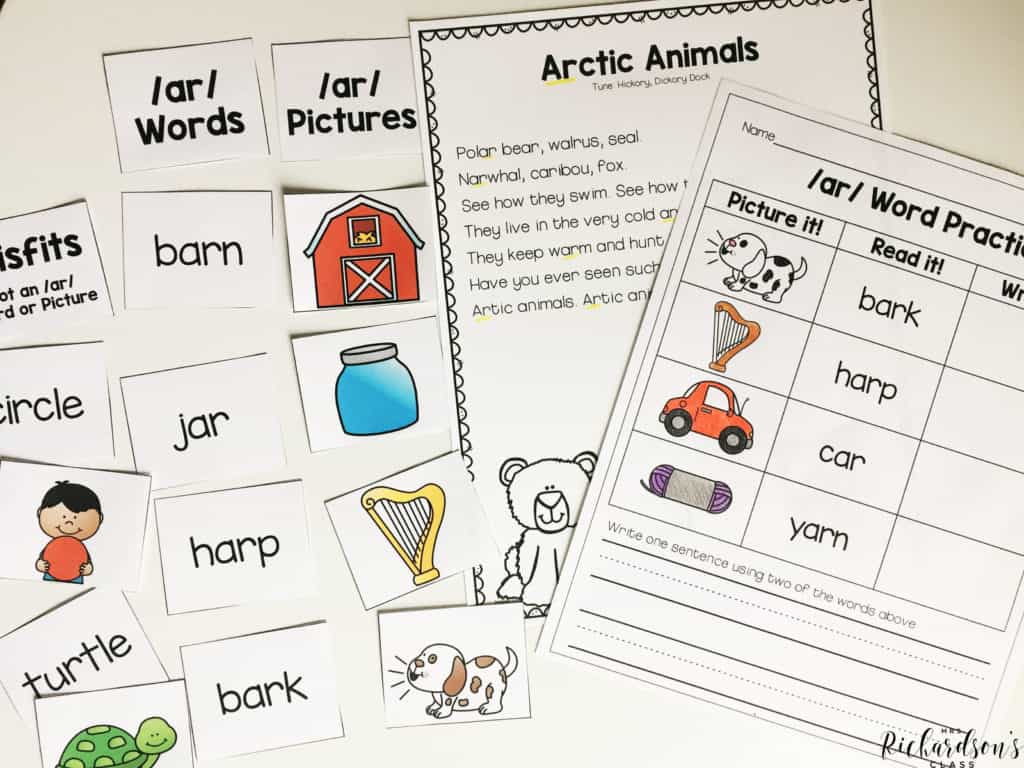
For January there are 4 shared reading songs/poems-arctic animals, penguins, day and night, and objects in the sky. R-controlled vowels are carried over from December’s shared reading, too to provide more practice after a short and crazy month of teaching!
Close reading is still fairly new to me within the last two years, but it has great value for our little readers. I think it’s important to remember that close reading does not replace guided reading, which is done at their instructional reading level. You can grab the Winter Close Reading Passages or Fall Close Reading Passges. They are FREE when you purchase the year-long First Grade Science Bundle.
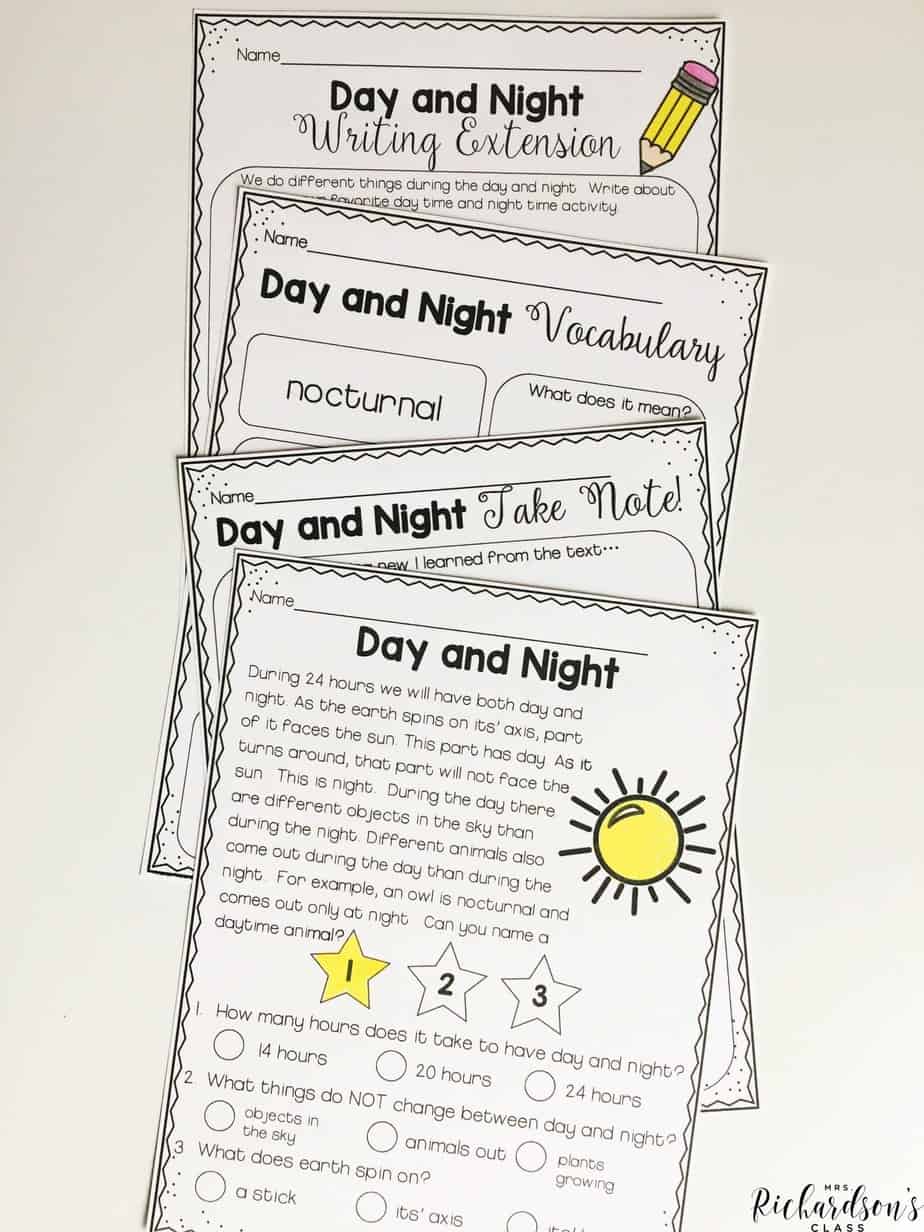
The whole month is jam-packed with activities for science, reading, and writing to help you easily integrate science! It also is broken down into 4 weeks and each week has a unit teaching plan to help make your lesson planning simple! Go HERE to check out Science for January!
pin it
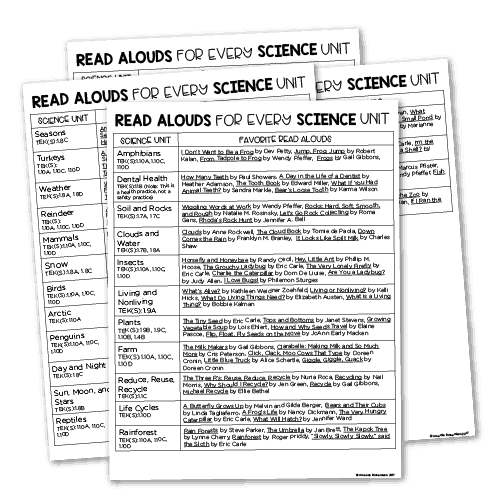

I’m a K-1 teacher who is passionate about making lessons your students love and that are easy to implement for teachers. Helping teachers like you navigate their way through their literacy block brings me great joy. I am a lifelong learner who loves staying on top of current literacy learning and practices. Here, you’ll find the tools you need to move your K-2 students forward!
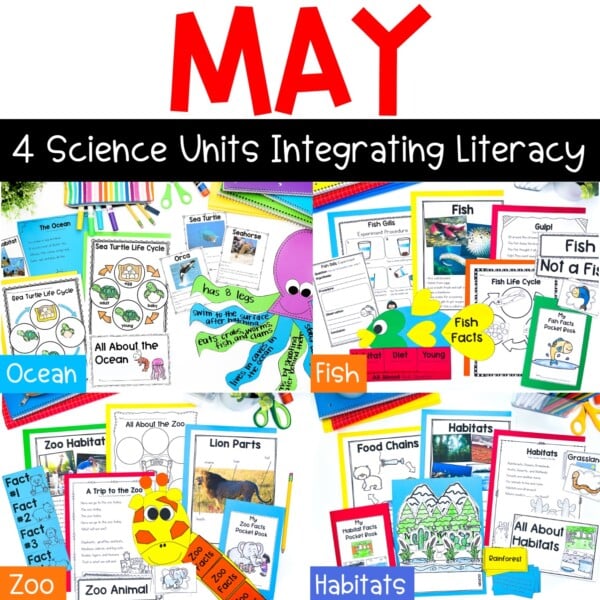


| Cookie | Duration | Description |
|---|---|---|
| cookielawinfo-checkbox-analytics | 11 months | This cookie is set by GDPR Cookie Consent plugin. The cookie is used to store the user consent for the cookies in the category "Analytics". |
| cookielawinfo-checkbox-functional | 11 months | The cookie is set by GDPR cookie consent to record the user consent for the cookies in the category "Functional". |
| cookielawinfo-checkbox-necessary | 11 months | This cookie is set by GDPR Cookie Consent plugin. The cookies is used to store the user consent for the cookies in the category "Necessary". |
| cookielawinfo-checkbox-others | 11 months | This cookie is set by GDPR Cookie Consent plugin. The cookie is used to store the user consent for the cookies in the category "Other. |
| cookielawinfo-checkbox-performance | 11 months | This cookie is set by GDPR Cookie Consent plugin. The cookie is used to store the user consent for the cookies in the category "Performance". |
| viewed_cookie_policy | 11 months | The cookie is set by the GDPR Cookie Consent plugin and is used to store whether or not user has consented to the use of cookies. It does not store any personal data. |
4 Responses
Thank you
You are very welcome !:)
Where can I purchase this?
Hi! In my store right here. https://www.teacherspayteachers.com/Product/First-Grade-Science-for-January-Arctic-Penguins-DayNight-SunMoonStars-2931290